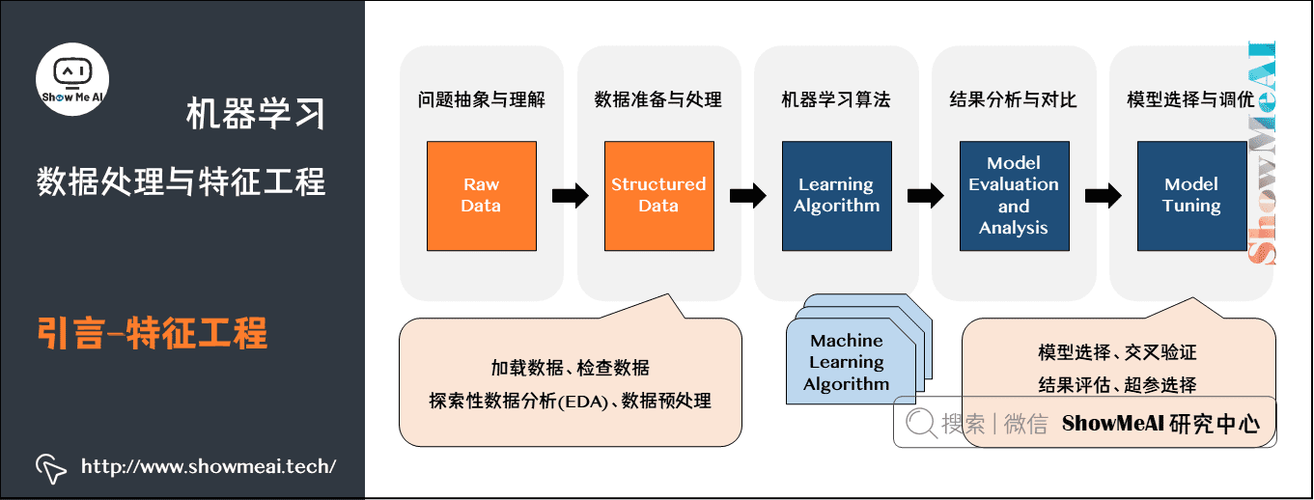深度学习在VAD技术中的应用:语音识别的未来趋势
发布时间: 2024-09-03 23:20:09 阅读量: 167 订阅数: 48 


# 1. 深度学习与VAD技术概述
## 1.1 深度学习简介
深度学习是机器学习的一个分支,受到人脑神经网络的启发,通过多层非线性处理单元对数据进行高级抽象的算法。它的出现使得计算机视觉、语音识别和自然语言处理等领域取得了显著的进展。
## 1.2 VAD技术概述
语音活动检测(VAD)技术用于自动判断音频信号中是否包含语音内容。在通信、语音识别和语音交互系统中,VAD可以提升效率,减少资源消耗。通过深度学习模型,VAD的准确性得到了极大提高。
## 1.3 深度学习与VAD技术的结合
深度学习为VAD技术提供了强大的数据处理能力,使其在噪声环境下也能准确地进行语音检测。例如,卷积神经网络(CNN)擅长处理音频信号的时频特征,而循环神经网络(RNN)和长短期记忆网络(LSTM)则能够捕捉到语音信号的时间依赖性。未来,深度学习将在VAD技术中扮演更加重要的角色,推动其在多种场景中的应用。
# 2. 深度学习基础理论与模型
## 2.1 神经网络基础
### 2.1.1 人工神经网络简介
人工神经网络(ANN)是一系列受人脑启发的算法和数学模型,用于数据分类和回归问题。这些网络由相互连接的节点组成,称为人工神经元或感知器。每个神经元接收输入并应用权重,然后应用一个非线性激活函数产生输出。这种结构允许神经网络学习复杂的模式和功能映射,特别适合于处理大量的非结构化数据,如图像、音频和文本。
人工神经网络的构建基于简单的单元,每个单元执行一个简单的功能:接收输入,对其进行加权求和,然后应用一个非线性函数。通过将这些单元以层的形式堆叠并相互连接,复杂的功能可以被学习。常见的神经网络层包括输入层、隐藏层和输出层。
### 2.1.2 前馈神经网络与反向传播
前馈神经网络是最基本的神经网络类型,在这种网络中,信号仅单向流动,从输入层经过一个或多个隐藏层传递到输出层。每个层的神经元只与下一层的神经元相连,确保了信号的单向流动。前馈神经网络非常适合于分类和回归任务。
反向传播是一种在神经网络中使用的算法,用于训练前馈神经网络,其核心思想是通过调整网络中的权重来最小化网络输出与实际输出之间的误差。它通过计算输出层的误差,然后反向传播到隐藏层,逐层更新权重和偏置,以此来提高网络的性能。使用链式法则计算误差对每个权重的梯度,并通过梯度下降或其变体来更新权重。
```python
# 示例:简单的前馈神经网络实现反向传播
import numpy as np
# Sigmoid 激活函数及其导数
def sigmoid(x):
return 1 / (1 + np.exp(-x))
def sigmoid_derivative(x):
return x * (1 - x)
# 输入数据和目标输出
inputs = np.array([[0,0],
[0,1],
[1,0],
[1,1]])
expected_output = np.array([[0],
[1],
[1],
[0]])
# 初始化权重和偏置
weights = np.random.uniform(size=(2, 1))
bias = np.random.uniform(size=(1,))
# 设置学习率
learning_rate = 0.1
# 训练模型
for i in range(10000):
# 正向传播
input_layer = inputs
hidden_layer = sigmoid(np.dot(input_layer, weights) + bias)
# 计算误差
error = expected_output - hidden_layer
# 反向传播
d_predicted_output = error * sigmoid_derivative(hidden_layer)
weights += np.dot(input_layer.T, d_predicted_output) * learning_rate
print(hidden_layer)
```
在上述示例中,我们首先定义了一个简单的前馈神经网络,包括输入层、隐藏层和输出层。然后实现了一个简单的反向传播算法来调整网络权重,以减少预测输出和实际输出之间的误差。
## 2.2 深度学习中的优化算法
### 2.2.1 梯度下降与变体
梯度下降是一种用来寻找函数最小值的优化算法。在深度学习中,我们使用梯度下降来最小化损失函数,以此来训练神经网络。梯度下降的关键在于计算损失函数相对于模型参数(权重)的梯度,然后根据这个梯度更新参数,使得损失函数的值下降。
梯度下降有几种变体,如批量梯度下降(Batch Gradient Descent)、随机梯度下降(Stochastic Gradient Descent, SGD)和小批量梯度下降(Mini-batch Gradient Descent)。批量梯度下降使用整个数据集来计算梯度,可能会比较慢。SGD每次只考虑一个样本,可以更快收敛,但也可能在最小值附近震荡。小批量梯度下降介于两者之间,使用一部分数据来计算梯度,通常能够获得较好的平衡。
### 2.2.2 正则化与优化器的选择
为了防止神经网络在训练过程中过拟合,通常需要使用正则化技术。正则化是通过在损失函数中添加一个与模型复杂度相关的惩罚项来限制模型的复杂性。L1正则化和L2正则化是最常见的正则化技术,L1正则化倾向于产生稀疏的权重矩阵,而L2正则化则倾向于限制权重的大小。
优化器是梯度下降算法的一个重要组成部分,它决定了参数如何根据梯度信息进行更新。常用的优化器包括SGD、Adam、RMSprop等。Adam是一种结合了动量和自适应学习率的优化器,它通过计算梯度的一阶矩估计和二阶矩估计来调整每个参数的学习率。
```python
# 使用Adam优化器训练神经网络的伪代码示例
from keras.optimizers import Adam
# 定义模型
model = Sequential()
model.add(Dense(units=64, activation='relu', input_dim=100))
model.add(Dense(units=10, activation='softmax'))
# 编译模型,选择Adam优化器和交叉熵损失函数
***pile(optimizer=Adam(), loss='categorical_crossentropy', metrics=['accuracy'])
# 训练模型
model.fit(x_train, y_train, epochs=10)
```
在上述代码块中,我们使用了K
0
0





